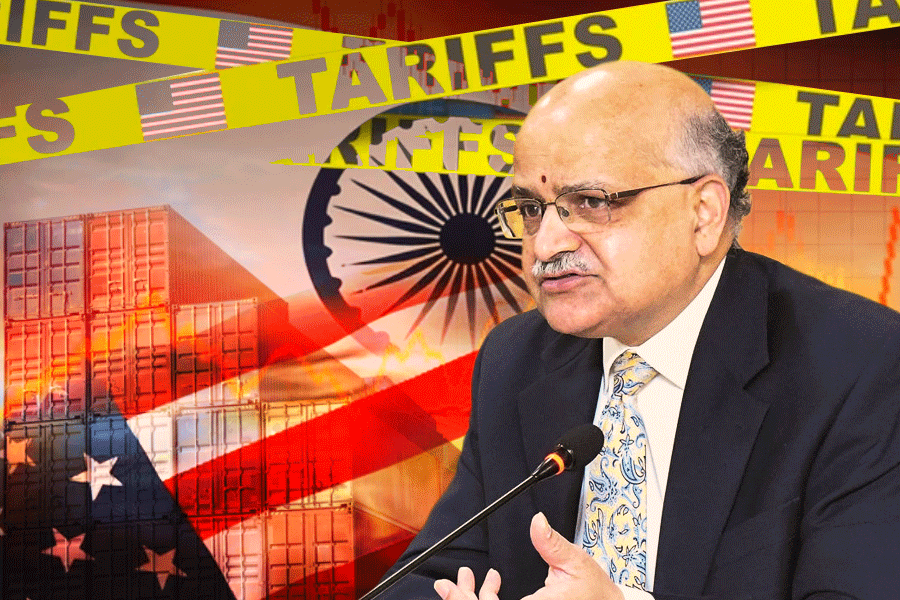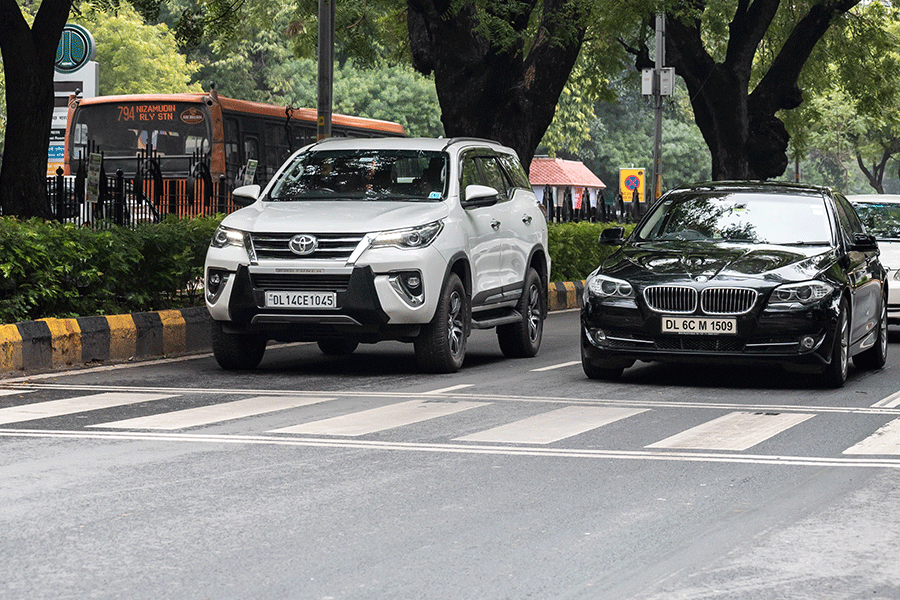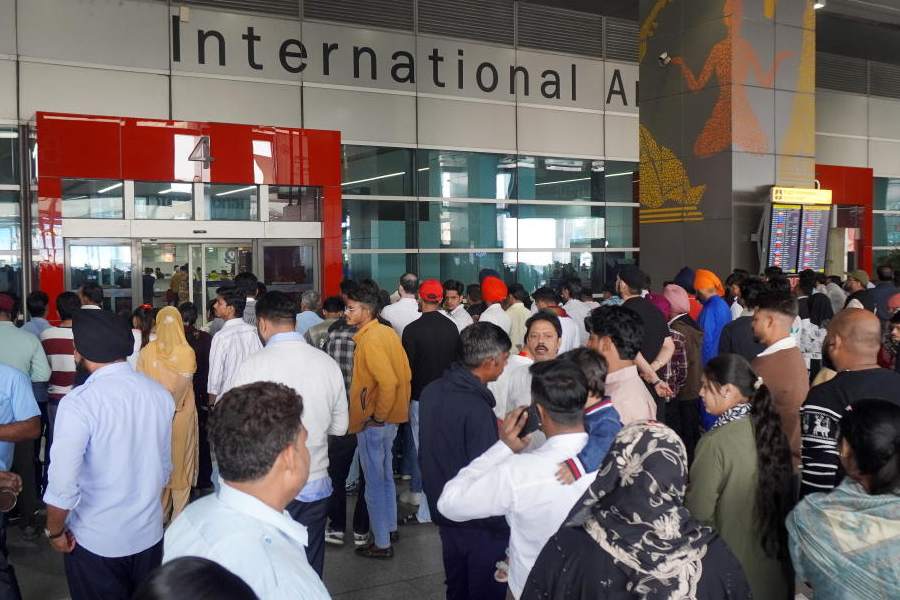 |
| Join the gang |
Distributive inequity characterizes economic growth in India from the Eighties till now, though even those below the “poverty line” are found to own wristwatches and mono cassette recorders and buy readymade garments and toilet soaps. The revolution in consumption is more dramatic as we go up the income pyramid. Since 1985, the consumer and consumer choice have become paramount for most companies. Striking changes are seen in the methods of communicating and distributing to consumers, their attitude to borrowing for consumption, loyalty to brands as symbols of superior satisfaction, prices they are willing to pay for their purchases and other attributes.
We made do with shoddy razor blades, poor electronic entertainment equipment, chose between three models of cars, two of scooters and perhaps three of motorcycles, bought shoes whose soles could with difficulty last one season. Few homes owned microwaves or washing machines or air conditioners, and few had either the funds or the foreign exchange to travel overseas or even holiday within the country. We did not dream of buying foreign apples and exotic fruits like kiwis in India or imported chocolates, chewing gums, candy, pasta and so on. Products had limited functions; quality varied and after-sales-service was atrocious. Today we can buy anything made anywhere in the world in India. Many Indian-made products are as good as the best in the world.
Sellers chase the consumer. Till the Nineties, consumers chased sellers. There were long waiting lists for shoddy products, hefty premiums for jumping the queue and even second-hand imported women’s underwear commanded a premium. Today, prices of most manufactured consumer products keep falling.
The revolution in communications started with television. We have more channels to choose from than most other countries. Cellular telephones whose prices, like those of the calls, have fallen sharply, is a boom industry. Instead of waiting for years for a phone, the consumer can get one instantly. Service is transformed. Even BSNL and MTNL are quick to resolve problems. The crooked telecom employee who did not attend to his duties is largely a thing of the past. The internet is rapidly entering many urban and even rural lives, and not just among the middle classes. Children are becoming proficient in exploiting it for knowledge and pleasure.
With television audiences expanding, advertising has become extremely expensive and, when good, very effective in catapulting new or unknown brands to the top. The Korean invasion of India in white goods and automobiles could not have happened without the use of television advertising in an imaginative way nor the growth of the Himalaya range of “natural” products in a few years’ time. The traditional cavernous cinema hall is rapidly being replaced by neat little multiplexes, more expensive, more comfortable and cleaner. Radio is becoming more local than national. Direct selling has taken off and companies like Amway have become major companies in hardly eight years.
Another emerging change is in reaching goods to the consumer. As in the United Kingdom towards the end of the Fifties, the retail and wholesale trade is entering a period of turmoil. New retailing techniques are creating new, large and very profitable operations in trading. Food World, Shopper’s Stop, Lifestyle, Margin and other retail chains offer urban consumers a new shopping experience at no extra cost. Based on self-service and bulk buying, they reduce the number of unskilled people working in a store. They enable the customer to touch and feel all the goods he sees in the store and so increases sales by prompting impulse purchases. These mostly corporate, self-service chain stores under professional management bargain even with the largest manufacturers and suppliers, for special terms on prices, credit and delivery.
Many independent retailers are now coming together to get similar advantages. Soon this will spread as wholesale traders form similar groups. This revolution in trading is moving from food and clothing to other household products, pharmaceuticals, ready-made apparel, consumer durables, photographic items, and even to services. Shopping malls are cluttering many cities, especially in south India.
Companies are responding to this distribution revolution by reorganizing their sales and distribution management, and matching them to the new and more powerful purchasing entities. Supply chain management, using information technology to track sales and inventories, is invading even small proprietary retail shops. Indian trade traditionally banked on volume and has operated on extremely low margins in comparison with most other countries. This was due to un-businesslike approaches like unaccounted family labour, keeping open for long hours, low rents because the premises were occupied for long and rent control laws enabled them to continue paying low rents, little inventory control, long credit from wholesalers, free delivery and so on. All this is set to change as organized retailing enters the scene and aims at large rupee sales per square inch of shelf space to make up for the high overheads.
Trade offers self-employment to over three million in rural India, and about two million in urban India. It is a small living for many who could perhaps earn more in other employment if it were available. This vast network of the Indian trade will, over the years, have to change its traditional business approaches. The distribution revolution will directly and mainly benefit the upper income classes in big cities and towns for many years. But the effect on quality, convenience and prices of products will be considerable. These will benefit all classes of consumers. The new modern management techniques introduced into trading will percolate to other small shops as well. This trading revolution might not make most small traders redundant. It will eliminate some in the bigger urban areas. All will have to be more efficient and profitable.
In 1993, household surveys conducted by the National Council of Applied Economic Research found that consumers used little borrowing except for housing. Some in the big cities also borrowed for buying cars. But in recent years, consumer finance has been a major profitable growth sector for commercial banks. Loans are given and taken for buying a variety of consumer durables and even for travel.
This boom in borrowing has led to consumer willingness to downscale their purchases for finding the money to pay loan instalments. They have also learnt since 1991, when the economy opened up and consumer choice expanded, that different brands, especially in fast moving consumer goods, offer similar benefits. Many cheaper alternatives offer as good functionality as the expensive brands. Consumers use the money saved to service borrowings for buying consumer durable products. The loss of market shares and volumes by multinational companies like Hindustan Lever, P&G and Nestle can, to some extent, be attributed to these changes in consumer attitudes.
Brand loyalty, which NCAER studies in the early Nineties had found to be very strong, appears to have weakened. Consumers switch more easily and buy for price. There is a huge market of the very poor but at a price (as I wrote in Indian Market Demographics in 1995 and its earlier versions). The poor aspire to consume if the price is affordable. That is now beginning to apply to the better-off classes as well who are looking for cheaper products. Companies are reacting by increasing spending on price and trade promotions and some are forgetting to invest in further building their brands. If past experience is a guide, this will hurt them in the future. Perhaps FMCGs, like durables, will settle at lower price points.
There is a sea change in India’s markets and marketing. It is due to liberalization and globalization. Consumers have greater choice. Their attitudes to consumption and borrowing have changed.











